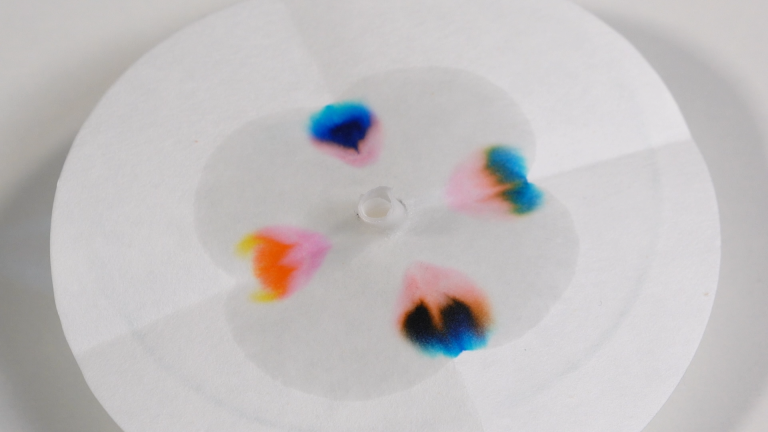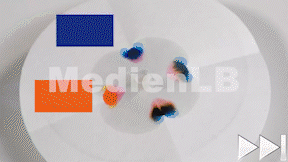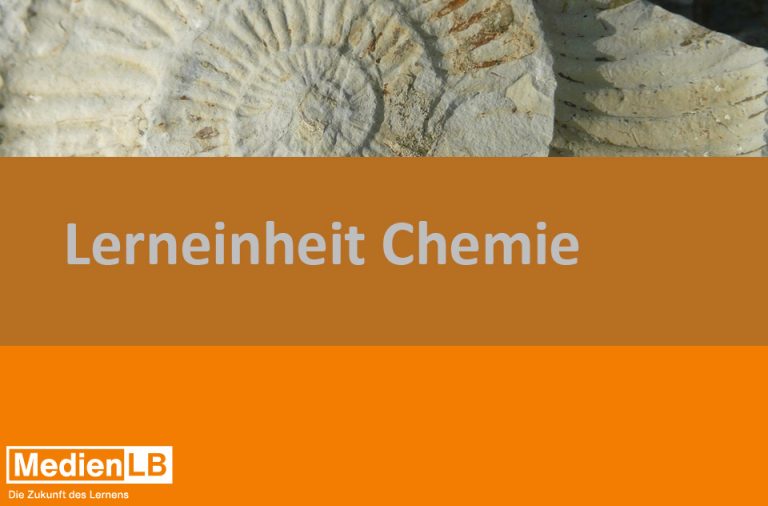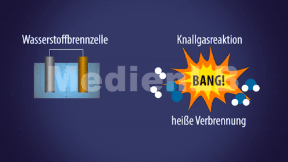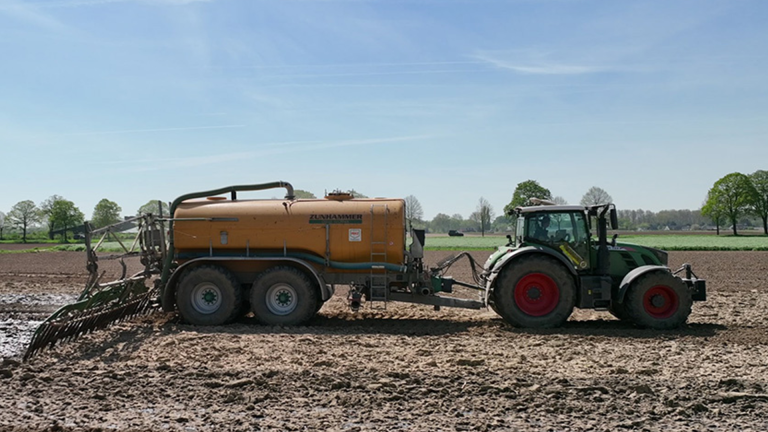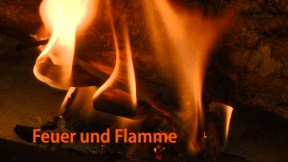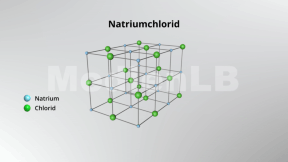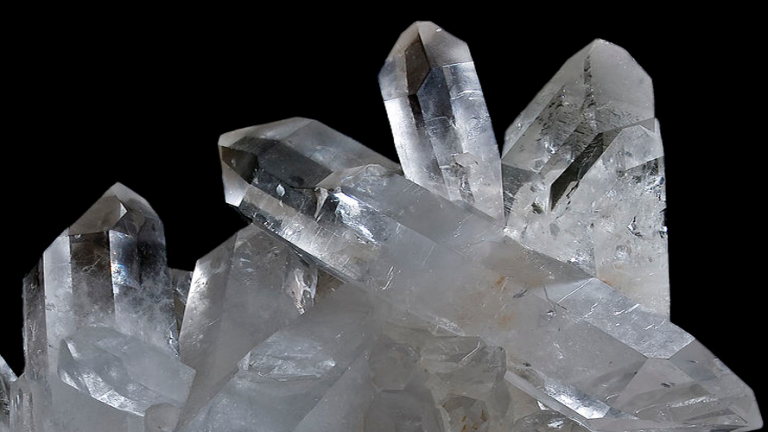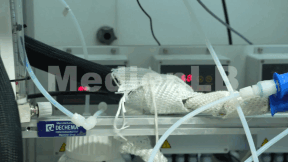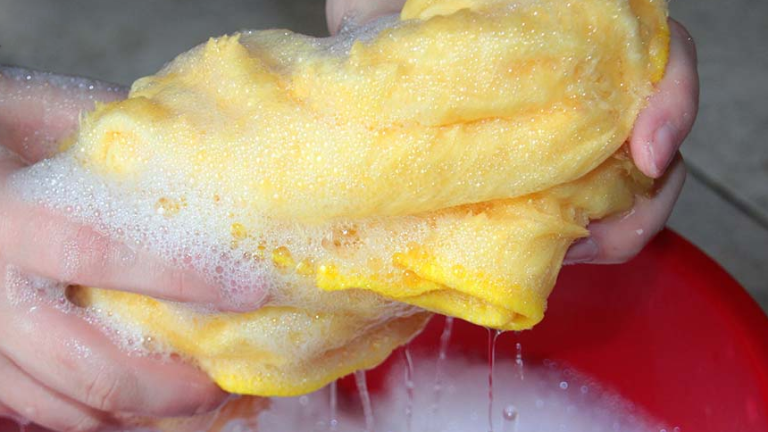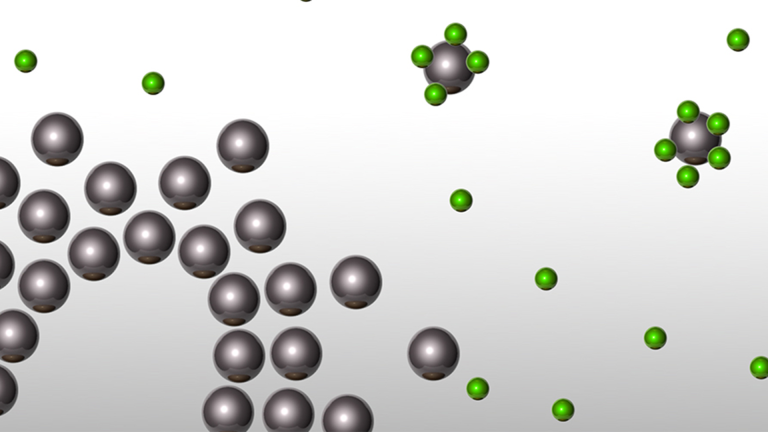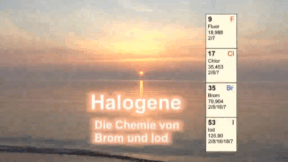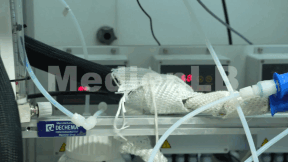Suche:
- # Artistry
- # Biology
- # Chemistry
- # Ecological
- # Economy
- # English
- # Foreign Language
- # Geography
- # German
- # Health
- # History
- # Informatik
- # Latin
- # Mathematics
- # Media Education
- # Music
- # Physics
- # Politics / Civics
- # Preschool
- # Primary School
- # Religion
- # Society
- # Sports
- # Technology
- # Training of Teachers
- # Vocational Education
Dünnschichtchromatographie
Chromatografische Verfahren sind physikalische / chemische Trenntechniken von Stoffen.
Learn moreLerneinheit Chemie 8 – Kalk
In unserem Arbeitsheft „Lerneinheit Chemie 8 – Kalk“ finden Sie 10 interaktive und didaktisch aufbereitete Aufgaben zum Thema Kalk.
Fuel Cell
A smartphone offers a lot of opportunities nowadays. The numerous apps and applications may enrich your daily life but cost a lot of electricity. It is particularly annoying when the device fails at the most inconvenient moments. Conventional rechargeable batteries are often empty after one day already, and the device needs to be plugged in. Besides many others, also this problem could be solved by using fuel cells – thus considerably increasing the duration of the smartphone.
Learn moreDüngemittel
Pflanzen benötigen für ihr Wachstum, Licht, Wasser und Nährstoffe. Den Ausgleich für nicht vorhandene Nährstoffe schaffen Düngemittel. Doch welche Düngemittel gibt es? Welcher Dünger eignet sich für welchen Boden? Welche Konsequenzen bringt die Düngung mit sich?
Learn moreFire and Flame
Fire – one of the most important human discoveries. It gives us warmth and light, conveys security and fascinates us with its dancing flames.
Learn moreChemische Bindungen
Chemische Bindungen sind ein zentrales Element der Chemie. Unter der Bezeichnung „Chemische Bindung“ versteht man im Allgemeinen den Zusammenhalt der kleinsten Teilchen in chemischen Stoffen. Wenn also zwei oder mehrere Atome oder Ionen stark miteinander verbunden sind, liegt eine Chemische Bindung vor.
Learn moreWorld of Crystals
What have salt, iron, diamonds and a snow flake in common? At first glance, not very much.
Learn moreWasserstoff
Wasserstoff ist das häufigste Element im Universum. Auf der Erde ist der Wasserstoff größtenteils in Verbindung mit Sauerstoff im Wasser gebunden.
Learn moreHalogens
The compounds of halogens are - with the exception of astatine - widespread, can be encountered in nature and are versatile substances. This fact is taken up on this DVD in order to teach the students the chemistry of the halogens by illustrating their special qualities and explaining the correlation of their structure with their chemical properties. In the first part, an overview of the element group of halogens lays emphasis on the common as well as on the distinguishing characteristics of fluorine, chlorine, bromine and iodine. In a second part, the specific properties of fluorine and chlorine are presented. This topic is linked to the students‘ everyday experience (fluorine as a protection against caries, chlorine as a disinfectant, etc.) on the one hand. On the other hand, the DVD presents carefully selected experiments. As a rule, they are of a kind that can only be realized with difficulty, or high expenditure in the chemistry classroom. With the help of these experiments, students are introduced to the chemistry of the halogens in a way that enables them to draw conclusions on the basis of their observations.
Learn moreChemie im Haushalt
Backen, Abwaschen, reinigen, – ganz normale Tätigkeiten im Haushalt. Dazu nutzen wir meist vielfältige Helfer wie Back- und Reinigungsmittel. Die Allgegenwärtigkeit von Chemie und der damit verbundenen chemischen Reaktionen sind uns oft nicht bewusst.
Learn moreHalogens
The compounds of halogens are - with the exception of astatine - widespread, can be encountered in nature and are versatile substances. This fact is taken up on this DVD in order to teach the students the chemistry of the halogens by illustrating their special qualities and explaining the correlation of their structure with their chemical properties. In the first part, an overview of the element group of halogens lays emphasis on the common as well as on the distinguishing characteristics of fluorine, chlorine, bromine and iodine. In a second part, the specific properties of bromine and iodine are presented. This topic is linked to the students‘ everyday experience on the one hand (bromine as a catalyst for reactolite sunglasses, iodine as an agent in medicine, etc.) on the one hand. As a rule, they are of a kind that can only be realized with difficulty, or high expenditure in the chemistry classroom. With the help of these experiments, students are introduced to the chemistry of the halogens in a way that enables them to draw conclusions on the basis of their observations.
Learn moreChemie im Haushalt
Backen, Abwaschen, reinigen, – ganz normale Tätigkeiten im Haushalt. Dazu nutzen wir meist vielfältige Helfer wie Back- und Reinigungsmittel. Die Allgegenwärtigkeit von Chemie und der damit verbundenen chemischen Reaktionen sind uns oft nicht bewusst.
Learn more



